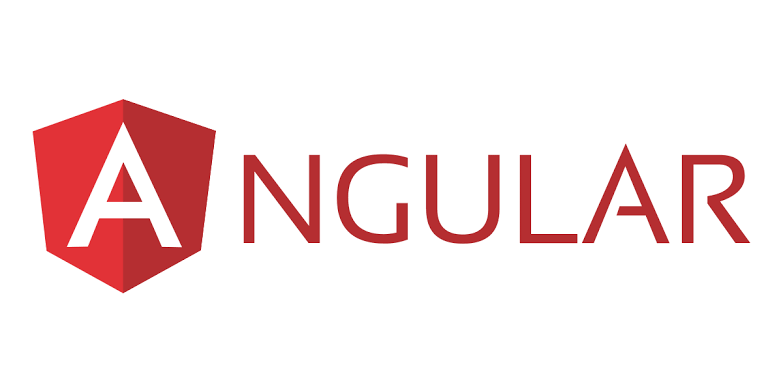Angular, one of the leading front-end frameworks, offers an array of tools and techniques to build dynamic and interactive web applications. Among these tools, Angular's email validation rules are essential for ensuring data accuracy, enhancing user experience, and improving security. In this comprehensive guide, I, an expert in Angular, will explore Angular email validation rules, providing you with the knowledge and skills to create effective and user-friendly forms.
Why Email Validation Rules Matter
Email validation rules are a fundamental aspect of web development for several reasons:
Data Accuracy: Validating email addresses ensures that you collect accurate and reliable user data.
User Experience: Properly validated email fields reduce user frustration by preventing form submission errors.
Security: Robust validation rules protect your application from spam, malicious users, and potential vulnerabilities.
Now, let's dive into the world of Angular email validation rules, from the basics to advanced techniques.
Basic Email Validation Rules
Angular simplifies basic email validation with built-in directives. Here's a basic example:
<input type="email" [(ngModel)]="userEmail" name="userEmail" required>
In this example, the type="email" attribute indicates that the input should accept email addresses. The [(ngModel)] directive binds the input value to a variable (userEmail), and the required attribute ensures the field is not left empty.
Advanced Email Validation Techniques
While basic validation is essential, advanced techniques can provide more robust email validation. Consider the following practices:
Regex Validation: Use regular expressions to validate email format and pattern.
Custom Validation Rules: Create custom validators to enforce specific email validation rules unique to your application.
Async Validation: Implement asynchronous validation for scenarios like checking if an email address is already registered.
Domain Whitelisting: Restrict registration to specific email domains.
Disposable Email Detection: Integrate third-party services to detect and block disposable email addresses.
Common Pitfalls to Avoid
Overly Complex Regex: While regex is powerful, avoid overly complex patterns that might reject valid email addresses.
Incomplete Validation: Ensure you validate both the format and domain of the email address.
Failure to Update: Regularly update your email validation rules to adapt to changing email standards.
Best Practices for User Feedback
Providing clear and concise user feedback is crucial for a positive user experience. Implement these best practices:
Error Messages: Customize error messages to guide users in providing valid email addresses.
Live Validation: Offer real-time feedback as users type, indicating whether their input is valid.
Visual Cues: Use visual cues like color changes or icons to signal the validity of the input.
Conclusion
Email validation rules are a critical part of web development, and Angular provides a powerful set of tools to implement them effectively. By following best practices, avoiding common pitfalls, and exploring advanced techniques, you can ensure that your Angular forms collect accurate and authentic email addresses. This not only enhances data integrity but also elevates the user experience, ensuring your web applications are secure, reliable, and user-friendly.
As you continue your journey in Angular development, remember that mastering email validation rules is a key step toward building world-class web applications that delight users and protect your data.



